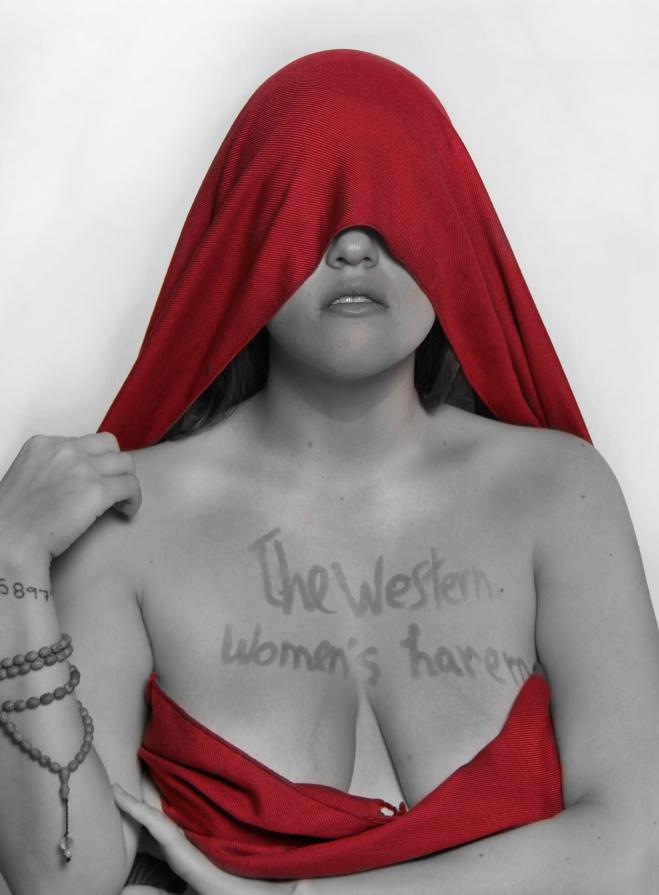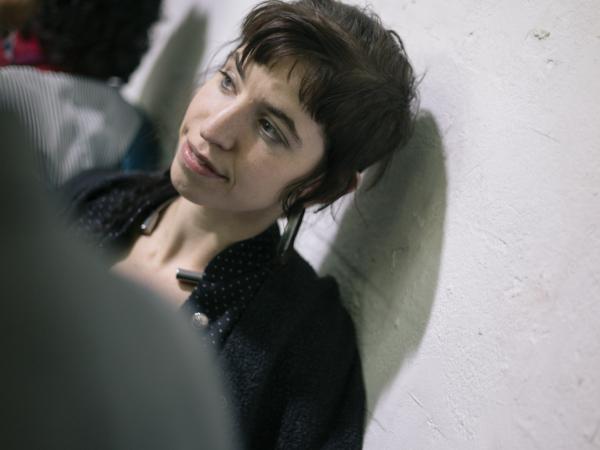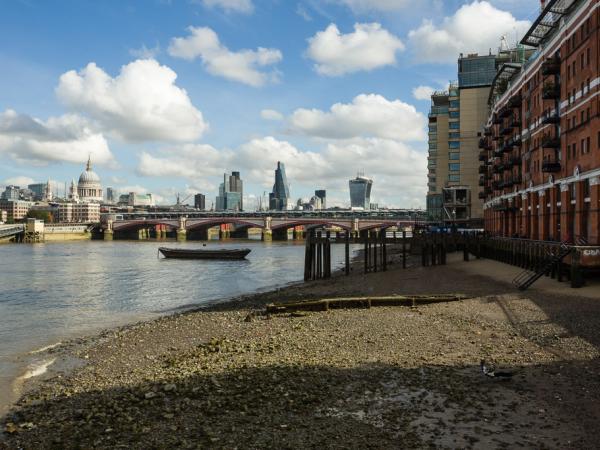
The Western Woman's Harem
The Hijab and other various forms of veils in the Islamic world have become a concern to the western world. These veils are a “problem” because of the semiotics and constructs attached to their use. These symbols are paired with ideas of male dominance and oppression in the Islamic world that lead to veils being associated with misogyny. Due to this misunderstanding and stereotype, countries like France and Belgium are trying to create a ban that enforces Islamic women not to wear the veil. Therefore with this project I want to explore and understand why Westerners judge other customs under a hegemonic veil. Why can’t people understand that the “problem” with veiling is much more complex, and is rooted in more than a man’s decision to cover women, but on a choice, most of the time a woman’s choice. The problem therefore is not the veil, but the construction of its idea and who enforces such ideas. We judge under a different circumstance, therefore the veil is a cultural and personal based mask worn to either suggest religious beliefs and/or marks of identity. Masks are norms and social constructs worn either in a physical or abstract way to suggest who we are, where we come from, and what we believe in. Muslim women use veils, some of “us” use “mascara”. At the end of the day, these garments are just symbols of our behaviour, personalized to be outside markers, and nothing more.
In this project I photographed myself portraying social constructs regarding clothing: the veil from the Middle East, and a Western “common” attire to us (makeup). In this I suggest an abstract unveiling of hegemonic interpretations of identity markers: the mask of our thoughts. Therefore in these photographs, I wish to explain the feeling I get when talking about veils. It is hard for me to understand what Muslim women go through when choosing or being forced to wear this garment. The closest I can get to understanding something I haven't experienced is linking it to something I feel is similar in my world. In this case the masks that I wear everyday, such as make up. Therefore I ask, what is the big deal around the use of the veil? Western women have similar constraints around our everyday look and garments, sometimes even more terrifying than that of the veil. At least Muslim women wear theirs for their God. We wear ours to look “good”. Ultimately, I do choose to look the way I want (heavily influenced by years of media telling me what women should look like). Why is it so different from that of years of cultural and religious belief?
Mernissi, Fatema. Understanding Inequality. “Size 6: The Western Women’s Harem”Maryland 2007. Print.
















Commenti 0
Inserisci commento